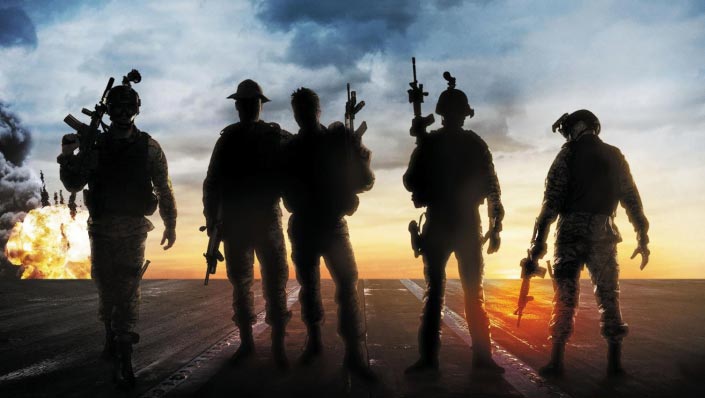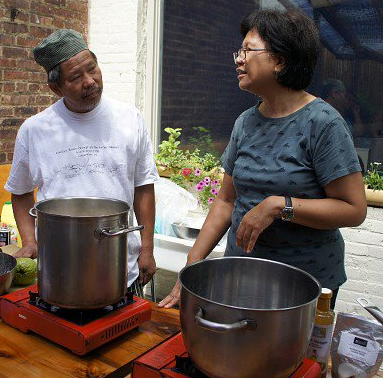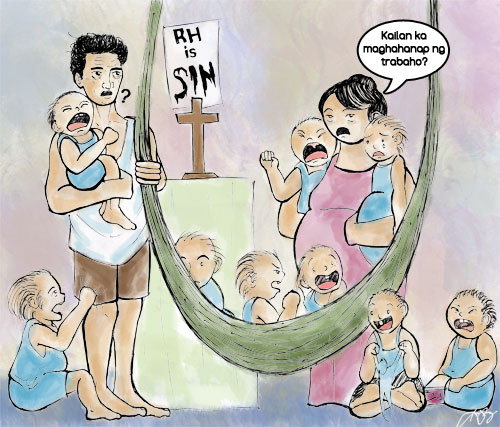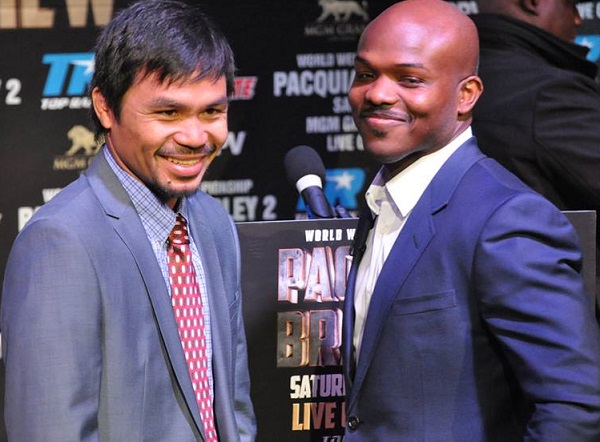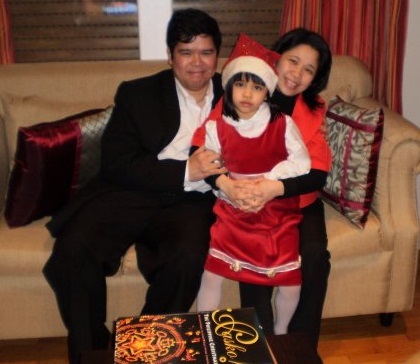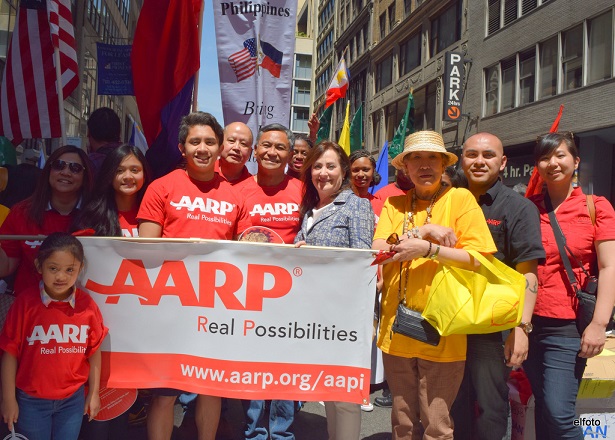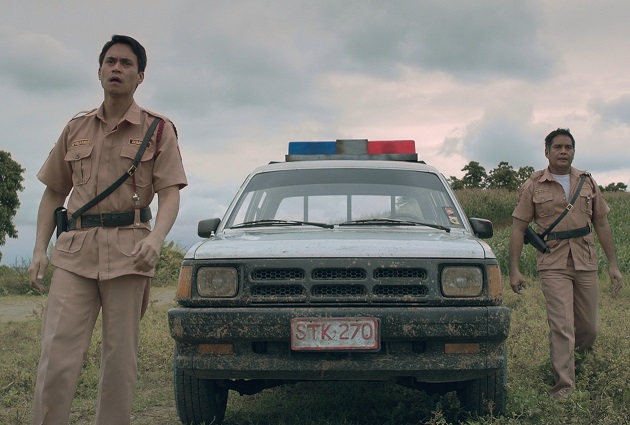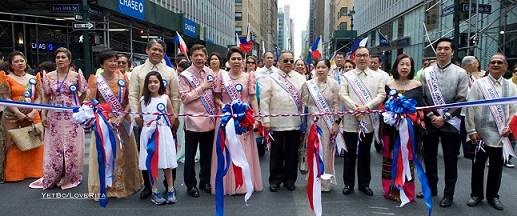Filipinos will recognize family, politics, social class in Sabina Murray’s fiction

By Tricia J. Capistrano
My FilAm writer radar did not immediately spot Sabina Murray. I think it’s because, in the last decade her novels have been about Caucasians.
“A Carnivore’s Inquiry,” published in 2007, is about Katherine, a young white woman in her 20s who wanders from city to city in Europe and then the United States, trailed by death.
“Tales of a New World,” 2011, is a collection of fictional stories about explorers Ferdinand Magellan, Mary Kingsley, and Captain Zimri Coffin who was the captain of the ship in the novel “Moby Dick.”
To prepare for this review, I read the novels above as well as “Valiant Gentlemen,” published in 2016. And even if the latter is about old white men, (in 2017, I made a vow to read only books by Asians and Asian Americans), it is my favorite of the three. It’s both a profound and expansive historical novel about the friendship of Irish patriot Roger Casement and his closest friend Herbert Ward.
A friend who works in the publishing industry told me about “The Human Zoo,” Murray’s latest novel. Like Murray, the novel’s main character, Ting Klein, is half Filipino and half American. Murray’s mother is from Manila and her father is from Boston. Ting travels to Manila to decamp from her marriage in New York. She tells friends and family in Manila that she is back home to write a book about Timicheg, one of the natives of Bontoc who was taken to the U.S. and Europe to be displayed in world fairs.
Like Katherine in Murray’s 2007 novel, Ting’s visit to Manila is shrouded by murder. Over Longganisa and fried eggs, Ting and her Tita Rosa discuss the headlines–the killing of Jee Ick-Joo, the South Korean businessman who was killed in 2016. Procopio Gumboc (a thinly disguised Duterte) is President and the drug war is in full force. The pandemic has not yet happened.

“I am so glad you’re here, but why now?” Ting’s Tita comments. “These are dangerous times.”
In addition to the prying Tita comments, many Filipino American readers will find Murray’s description of Manila and its traffic spot on.
“Pedestrians rushed along the underpasses of Edsa. A jeepney stopped abruptly, releasing a number of people. The women had taken off their shoes, which were tucked under their arms, and they stepped cautiously into ankle-deep water like socialites closing the final yards to the beach after a day spent yachting.”
“We were speeding down Edsa with its animated billboards and spiraling exits. There was never a time in this city when everyone slept, and this was the night shift. There were street cleaners and call center workers heading to the office, people who worked on American time.”
In Ting’s daily activities, going to the shopping mall, library, seeing friends, Murray displays Manila’s stratifications, rich and poor, intellectuals and businessmen, the pro and anti-Duterte, even FilAms who grew up in the Philippines versus FilAms who grew up in the U.S.
“I knew who Laird was, a recently awakened Fil-Am, the type I encountered at various literary functions. They like microphones and Spam… In the States, we were all seen as being of the same tribe, but it was, at times, a flawed taxonomy.”
In the novel, Ting spends most of her time with old friends and family, she even connects with an old beau. Laird, also a writer, is a new in-law who Ting meets during the trip.
“The novel is a very powerful tool, people tend to remember everything that happens,” Murray tells me when I called her to talk about “The Human Zoo” and her writing career. When asked about why she chose to write about the Philippines now, she said “the answer has much to do with Duterte.” She was concerned about the situation in the Philippines.
When asked about how she chooses the subjects of her novel, she answers “I am intrigued by what is difficult.” She also points out that she has previously written other novels about Filipinos. “Slow Burn,” published in 1990, is about the life of Isobel, a young woman from Manila’s 1%. Murray’s collection of stories, “Caprices,” published in 2007 was about the war in the Pacific Campaign during World War 2. “Caprices” won the PEN/ Faulkner Award for Fiction.
The complexities that Murray lays out in “The Human Zoo”– family, politics, social class, the drug war– could be a treatise on the current state of the Philippines but Murray’s sapient descriptions of Ting’s coasting on her life’s curves deliver a very good story.
Tricia J. Capistrano’s essays have appeared in The Philippine Daily Inquirer, The Philippine Star, TheFilAm.net, and Newsweek. She is the author of “Dingding, Ningning, Singsing and Other Fun Tagalog Words.” Her essay, “Inadequately Asian,” which appeared in this publication, was chosen as the Best Personal Essay by the Philippine American Press Club in 2017.
Support independent bookstores! Bookshop financially supports local, independent bookstores. The “Human Zoo” and “The Son of Good Fortune” are available on TheFilAm.net’s Bookshop page.

